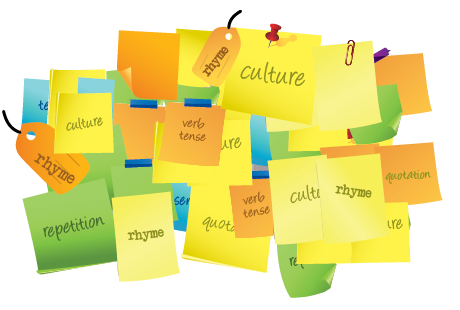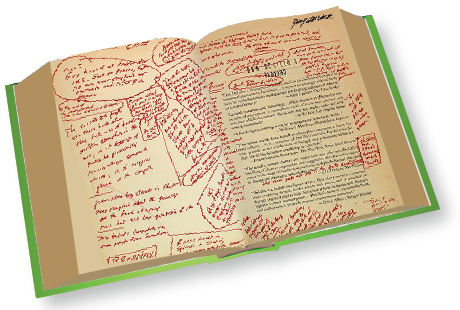Carl Blyth, University of Texas at Austin
Social Significance of Language Variation
Every couple of years, I teach a graduate course titled Introduction to French Sociolinguistics. One of the major topics of this course is the social meaning attached to variation in the French language. A well-known example of English variation can be found in the 1937 song “Let’s Call the Whole Thing Off” written by George and Ira Gershiwn: “You like to-MAY-toes and I like to-MAH-toes.” According to Wikipedia, the song’s lyrics served to identify class differences of the era:
At the time, typical American pronunciations were considered less “refined” by the upper-class, and there was a specific emphasis on the “broader” a sound. This class distinction with respect to pronunciation has been retained in caricatures, especially in the theater where the longer a pronunciation is most strongly associated with the word “darling.”
The Gershiwn song focuses on the social differences in English pronunciation, but socially symbolic variation may occur at any level of language structure: phonology, morphology, syntax, discourse. And in my French sociolinguistics course, I identify all kinds of variation at play in French-speaking communities.
An eComma Activity
Over the years, I have developed activities to help my students become more aware of language variation. For example, I begin by having them watch a video of an informal conversation between two French speakers. With the help of a transcript, I ask them to identify as many examples of language variation as possible. Another exercise that I find useful is based on a text written in Louisiana Creole, a short story titled L’espoir (‘Hope’). Since there is no standard way to write Louisiana Creole, the author was forced to invent his own spellings, borrowing heavily from French orthography. As one might imagine, the story is full of variation. Recently, I uploaded a passage from L’espoir onto eComma so my students could share their work with each other. As usual, I told them to annotate as many variable spellings as they could find. I also showed them how to use eComma‘s word cloud feature to compare the various spellings. A word cloud is an alphabetical display of all the words that occur in a text in terms of their frequency–the more frequent the word in the text, the bigger the word in the cloud.
Student Annotations
My graduate students had no trouble using eComma‘s annotation tools to mark up their texts. More importantly, they used eComma‘s comment function to share their hypotheses with each other. Here is a good example of a hypothesis about the meaning(s) of a group of related words:
To deal with the variation of “mo/mo’/mò/mon,” I pulled out all of the instances and grouped them together by usage. The first thing revealed is that “mon” is only used as an object. Whereas “mo/mo’/mò” may be used as subject pronouns. For example, the subject pronouns “mo” and “mo'” both appear in front of the verb “cônain.” I have a feeling that the alternate spellings reflect that there is some (free) variation in the pronunciation of the word.
Visit the eComma demo to view all of my students’ annotations of the passage from L’espoir. The demo shows how my students’ textual analytic behavior is visually represented by eComma’s various features: word clouds, tag clouds, comments, heat maps of annotated portions of the text.
Form-focused Activities in the L2 Classroom
Overall, I was pleased with the results of the activity. I think that eComma is a great tool for consciousness-raising activities to help students discover form-meaning pairings. A good example of this type of activity would be to have students annotate different past tense forms, e.g., preterite vs imperfect. Seeing the highlighted verb forms in context would help students develop their own hypotheses about the meanings of past tenses. The same could be done for other formal categories: singular vs plural, definite vs indefinite, active vs passive, indicative vs subjunctive.





